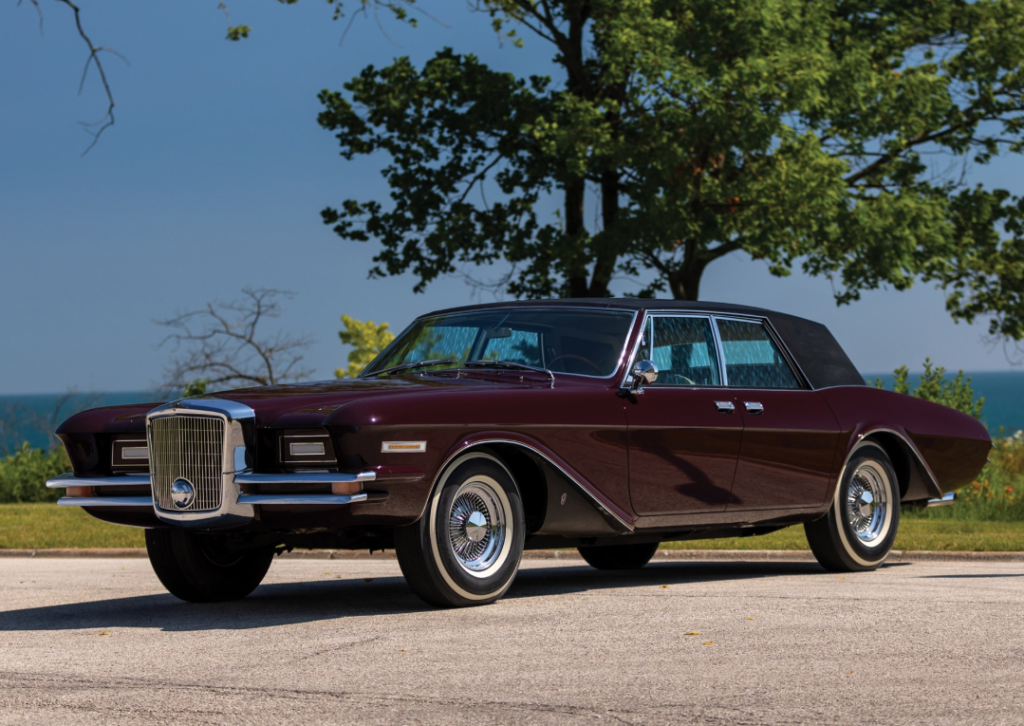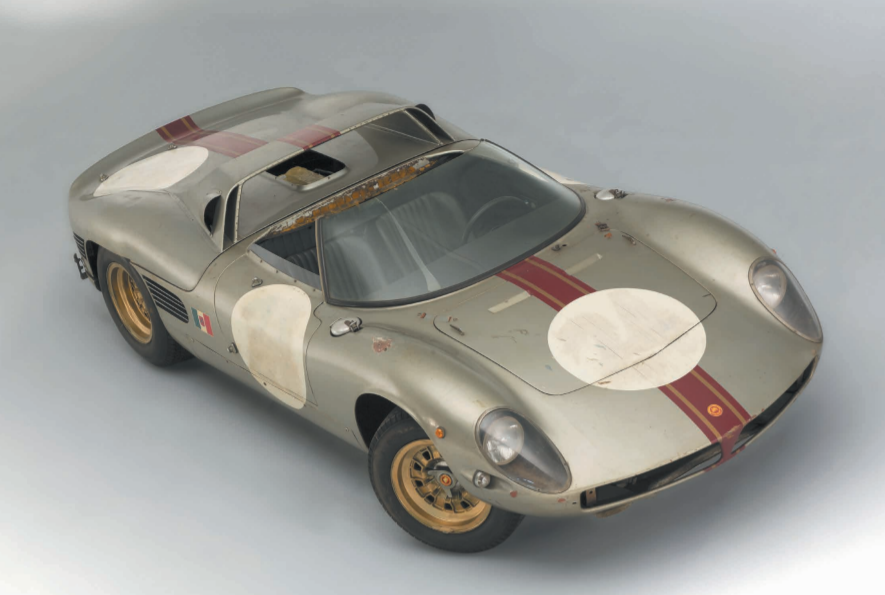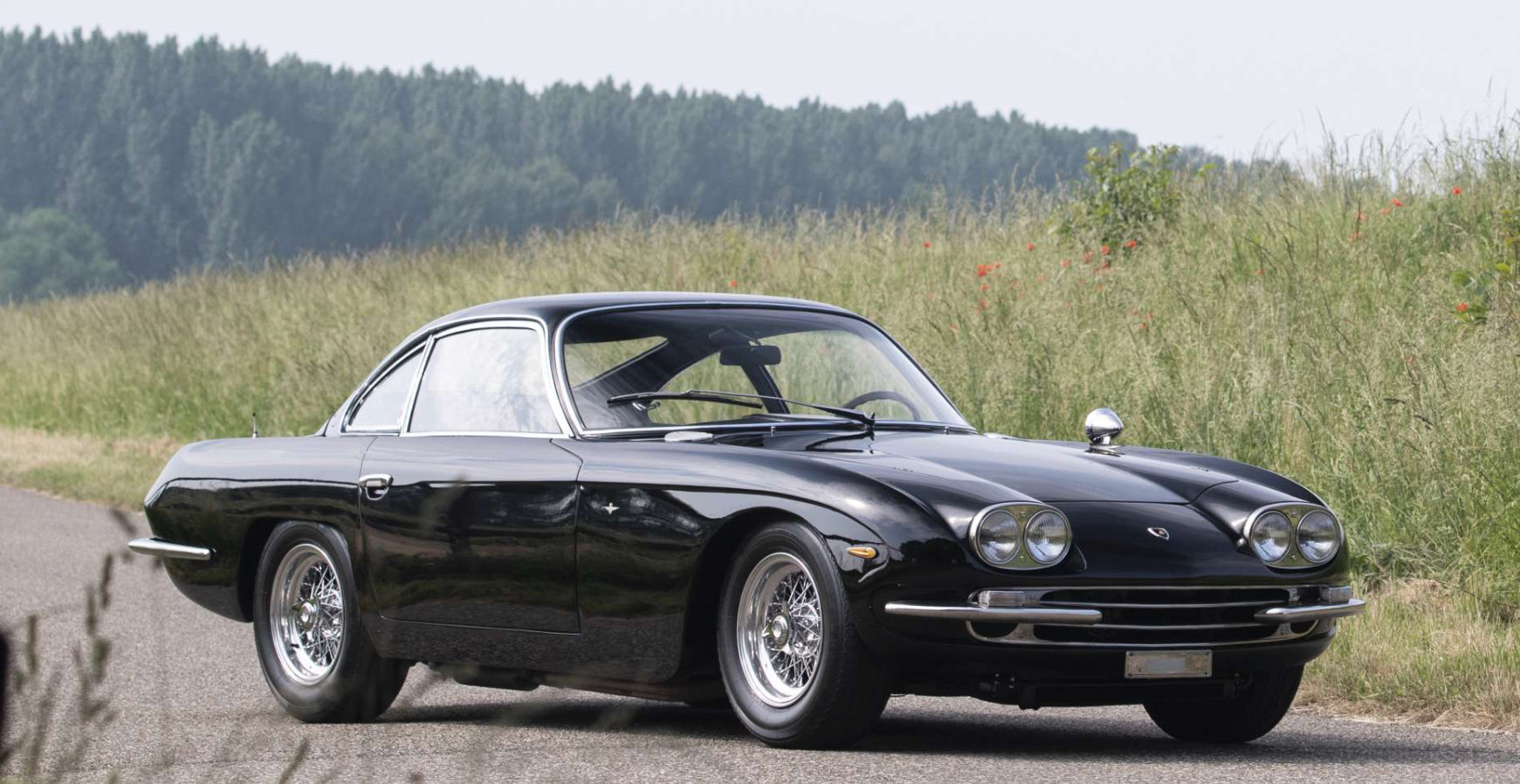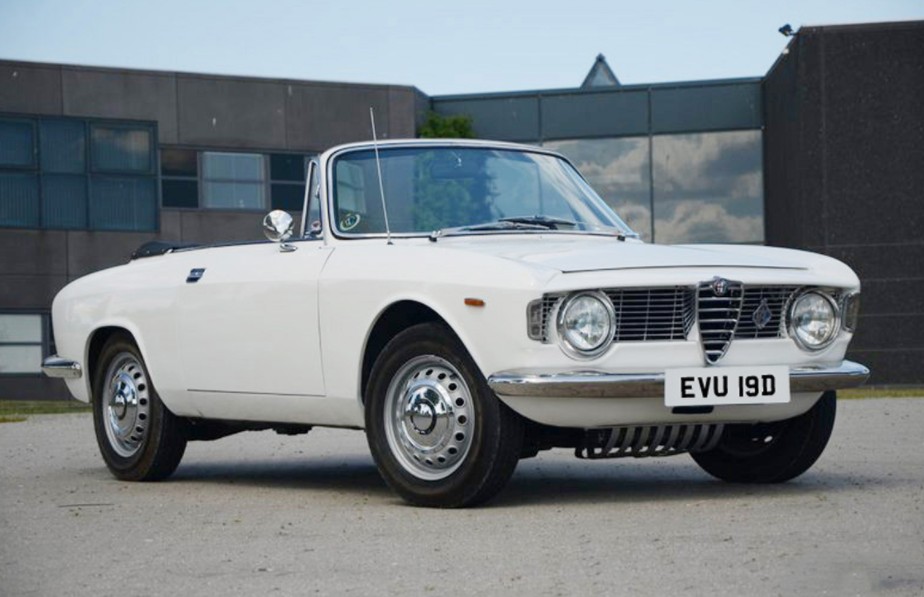1966 Amphicar 770
Offered by RM Sotheby’s | Elkhart, Indiana | October 23-24, 2020
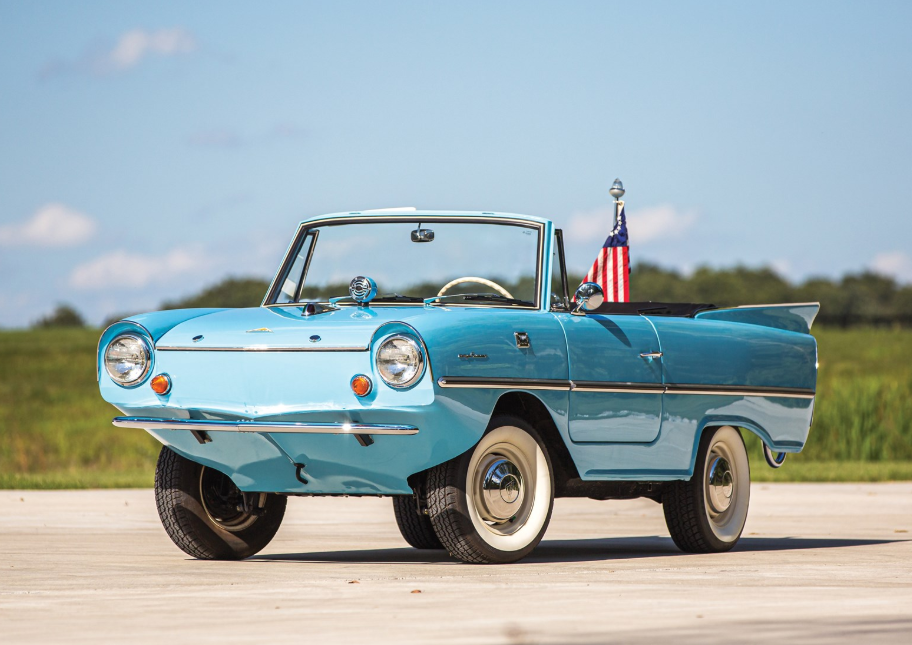
Here’s one I can’t believe we haven’t covered yet. The Amphicar was designed by Hans Trippel and produced by the Quandt Group in Germany between 1960 and 1965. The model was dubbed the “770” because it would do seven knots on the water and 70 mph on land.
A few different engines were used throughout production. This car is powered by a 1.5-liter Triumph inline-four that was capable of up to 75 horsepower. The same engine drives the car on land or water, and once you splash down, the engine drives a pair of reversible propellers. The car could even drive itself back out of the water.
Amphicars are remarkably usable. They can be found in waterways throughout the world every year (I once saw one on the back of a large private boat in Paris. It’s the ultimate dinghy). And I think their continued use is a wonderful sign of how well made they were. Only 3,878 were produced in total, and it seems like there’s always a few for sale somewhere. This one is selling at no reserve in Indiana. Click here for more info and here for more from this sale.
Update: Sold $128,800.

